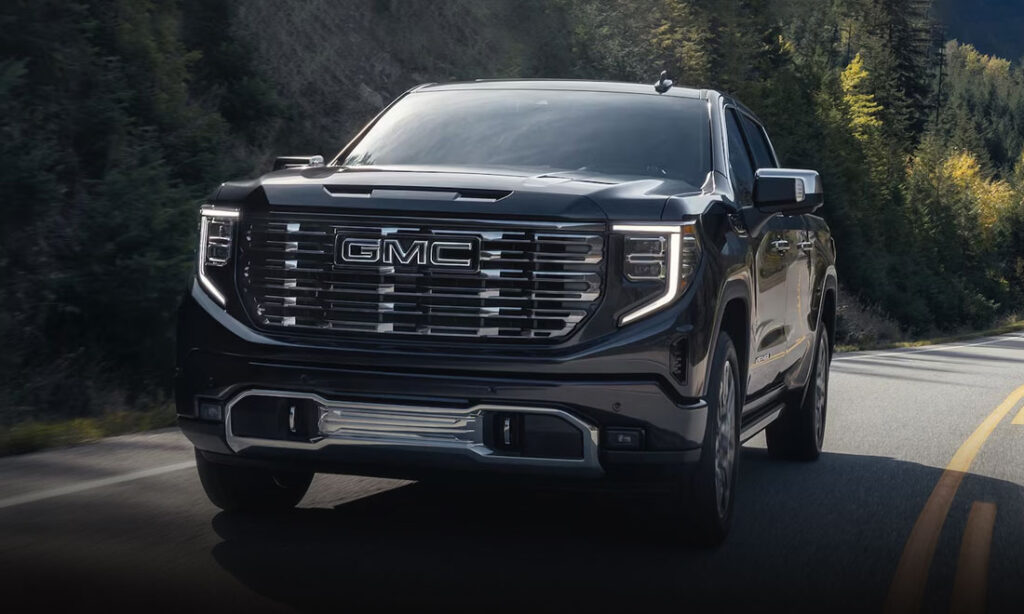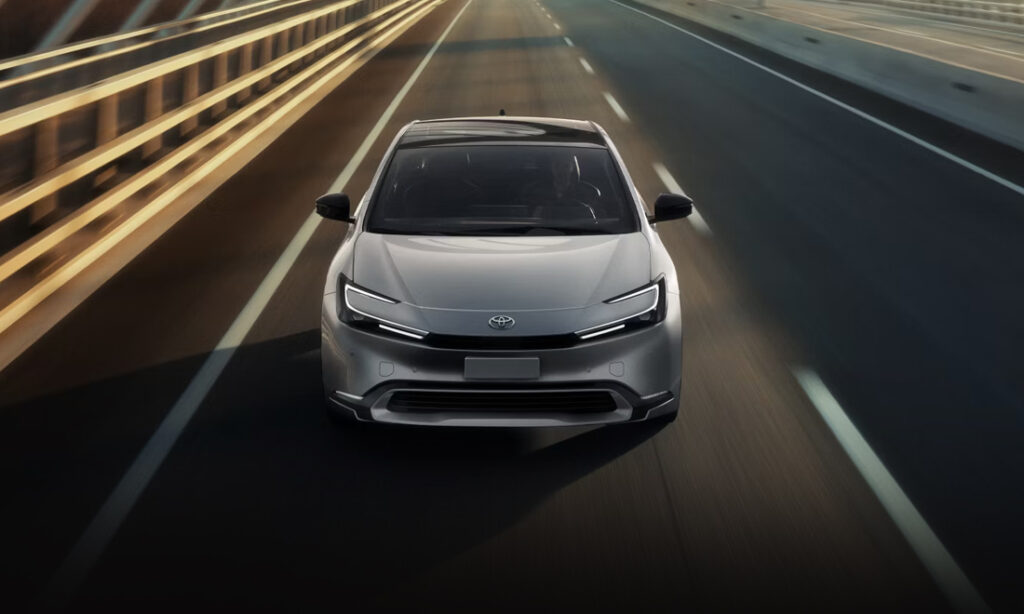This Nissan Skyline is the Apex Predator of JDM
Racing dominance and underground allure had earned Nissan Skyline GT-R its “Godzilla” title even before its greatest R34-generation arrived.
Peak JDM?

There is something refreshingly objective about speed. Zero to sixty times and lap times tell us a lot about the underlying engineering and capabilities of a car. And the more times you run those tests, the more reliable the results become. In the end, you achieve clarity. Clear dominance, both on the track and on the street, is what created the legend of the Nissan Skyline GT-R (along with a little help from Gran Turismo).
Simply put, the Skyline GT-R won; it won and kept winning. It was shockingly quick in stock form and when tuned transformed into an atomic-breath-spewing, city-smashing monster. The Skyline, including both the R32 and R33 generations, was a long time in building this formidable reputation, but it’s the Skyline GT-R’s the R34 generation, from 1999 through 2002, where it evolved into its finest form. So, what makes the R34 Skyline GT-R the apex predator of JDM cars?
From Prince to Nissan
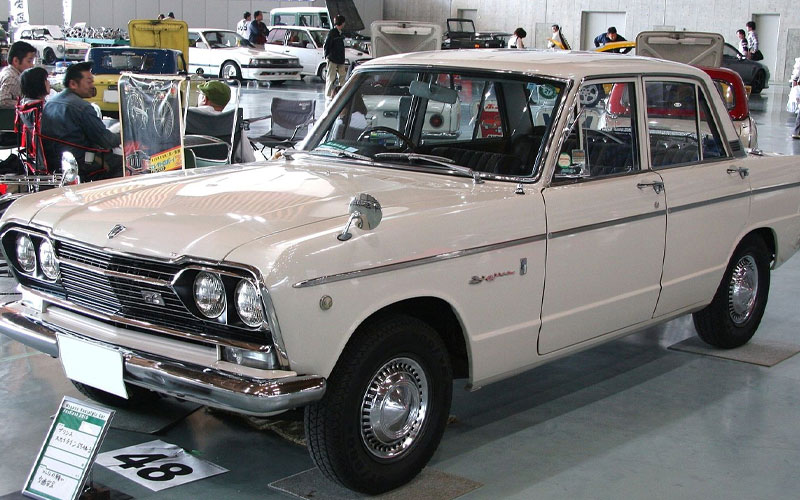
The peak for JDM (Japanese Domestic Market) cars centers on the late 1980s through the early 2000s. It was a boom time for Japanese enthusiasts that gave us icon after icon from the Toyota Supra Mk IV to the Mitsubishi 3000GT. And like many of those cars, the story of the Nissan Skyline GT-R goes back decades, in this case to the 1960s and the Japanese carmaker Prince Motor Company.
The Skyline name dates to 1957, but the first Skyline GT was born of Prince’s entry into GT racing starting in 1964 with the S54 2000 GT-B. Prince merged with Nissan in 1966, and a few years later, in 1969, the first Nissan badged Skyline GT-R arrived. Like the Prince Skyline, the new Nissan Skyline GT-R was initially a four-door sedan and ran the same 2.0L straight-six as Prince R380 racecar (it wasn’t until 1971, that the Skyline GT-R would get a coupe body). The car’s boxy design earned its first nickname, the “Hakosuka,” hako meaning box and suka being an abbreviated form of Skyline.
The next generation of Skyline GT-R was a major leap forward in design aesthetics. The new car, arriving in 1972, had an aggressive fastback design reminiscent of contemporary American muscle cars. An ad campaign for the car featured “Ken and Mary,” a young couple out for adventure in their new Skyline GT-R. It was from this ad campaign that the car got its second nickname, the “Kenmari.” Timing was not on Nissan’s side with the new GT-R. The Oil Crisis of 1973 impacted not just the US as the OPEC embargo extended to American allies like Japan. As in the US, performance cars were hit hard, and the Skyline GT-R was killed off midway through 1973.
Godzilla Emerges!
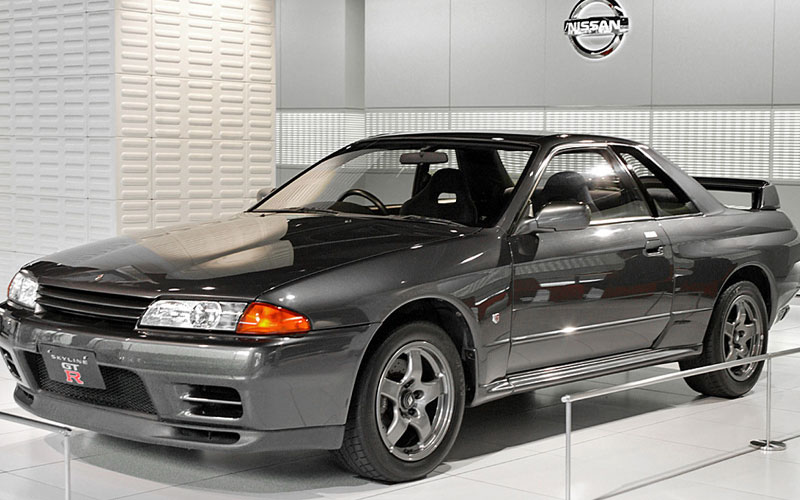
The Skyline GT-R was thus put on ice for sixteen years. In the interim, the Skyline saw three subsequent generations including the R30 and short-lived R31 of 1985. The Skyline GT-R returned in the form of the R32 in 1989. It’s the R32 and later Skyline GT-Rs that have come to define the car for many enthusiasts.
That’s because the R32 is where the Skyline GT-R formula was first perfected. The R32 represented Nissan’s goal of reclaiming Japanese racetracks that where being dominated by foreign-built cars. Not coincidentally, Nissan benchmarked their new racing car against the era’s most advanced, the Porsche 959. Like the 959 the new Skyline GT-R made use of all-wheel drive to maximize grip. Nissan’s system received the long-winded but neatly explanatory title of ATTESA or Advanced Total Traction Engineering System for All-Terrain (with more advanced versions adding an E-TS for Electronic Torque Split).
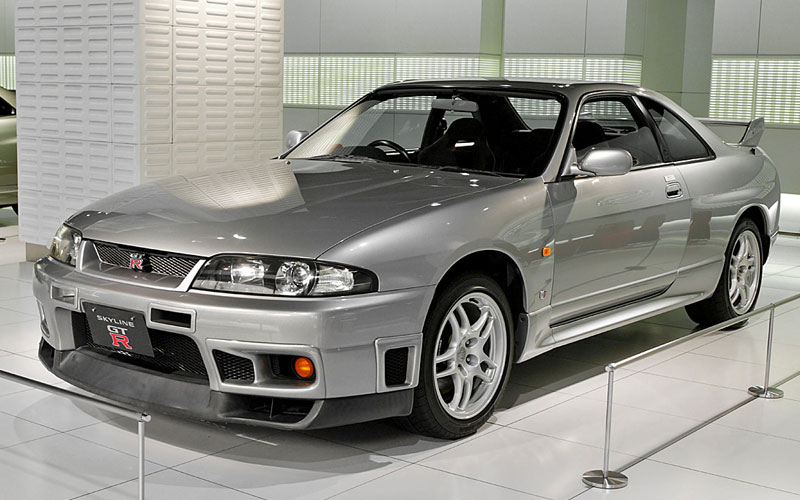
In addition to its all-wheel drive system, the R32 featured rear-wheel steer and the RB26DETT motor, that is RB (the engine code), 2.6L, Dual overhead cam, Electronic injection, Twin turbo. This engine was official rated to 276 horsepower, per an agreement among Japanese automakers at the time to limit output in the name of safety, but it and subsequent RBs made closer to 320 horsepower and was tuned in the racing version to over 500 horsepower.
All this helped the R32 take the GT racing circuits in Japan and Australia by storm. The R32 Skyline GT-R racked up win after win, taking 29 trophies in 29 races. It won the Spa 24 Hours in 1991 and so dominated the Aussie racing scene, including back-to-back wins at the Bathurst 1000 (’91 and ’92), that it was given a new nickname, Godzilla.
The next generation R33, debuting in 1995, took what made the R32 so spectacular and made it even more impressive. It too was powered by the RB26DETT with an updated all-wheel drive system. The R33 became the first sports coupe to break the 8-minute mark at the Nürburgring. Racing wins and track records were already making the Skyline GT-R a legendary car, but it was catapulted to superstardom with its appearance in the first Gran Turismo racing game in 1997.
Cementing the GT-R Legacy
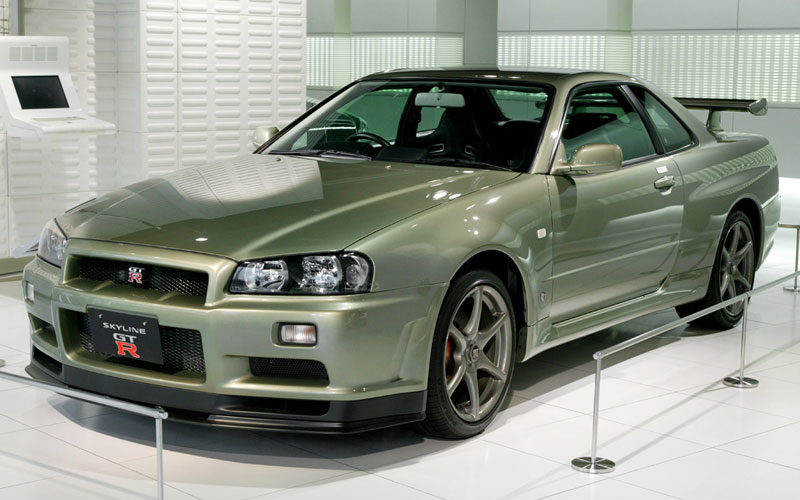
The Skyline GT-R was thus already greatly renowned when it entered its next (and greatest) generation with the arrival of the R34 in 1999. For the R34 Skyline GT-R Nissan updated the car’s all-wheel drive, reduced turbo lag, improved aerodynamics, and equipped it with a new Getrag six-speed manual. The car looked better than ever and drove like it, too.
The RB26 was still the engine of choice. Like Toyota’s 2JZ, the RB26 was an over-engineered cast-iron straight six intentionally created with the toughness to withstand far more abuse and boost than its stock form would ever demand. This meant tuners and racing teams were free to coax not just an additional 100 horsepower but many hundreds of horsepower. And so, like the 2JZ, it’s not uncommon for RB26-equipped Skylines to dyno to 1,000 horsepower and beyond.

Nissan did not just leave the tuning to the aftermarket, either. They gave the R34 Skyline GT-R over half a dozen performance variants. The V-Spec gained an aero body kit, rear diffuser, an active limited-slip differential, and a “Pro System” all-wheel drive system. The V-Spec N1 deleted the AC, stereo, and the rear wiper (yes, the GT-R has a rear wiper) all for weight savings. The V-Spec II followed the N1 but added a carbon fiber hood with NACA ducting along with a stiffer suspension tune. The M-Spec gave the GT-R some luxury appointments like heated leather seats and a comfort-tuned suspension. The Z-Tune featured an RB engine bored to 2.8L and boasting 493 horsepower.
The R34 had evolved into the ultimate Skyline GT-R. At its peak both aesthetically and mechanically, the R34 got its Hollywood dues with an appearance as Brian’s turbo-screaming, street-racing monster in 2 Fast 2 Furious.
The Nissan Skyline GT-R R34 concluded production in 2002 and the Skyline and GT-R names thus separated. The GT-R name returned in 2008 with a new performance coupe hitting not just the Japanese domestic market but also finally being exported to the US for the first time. In fact, 2024 is the first year that the R34, long forbidden fruit here in the US, has been eligible for importation per the 25-year rule. So go get your own, just know it won’t be cheap.


